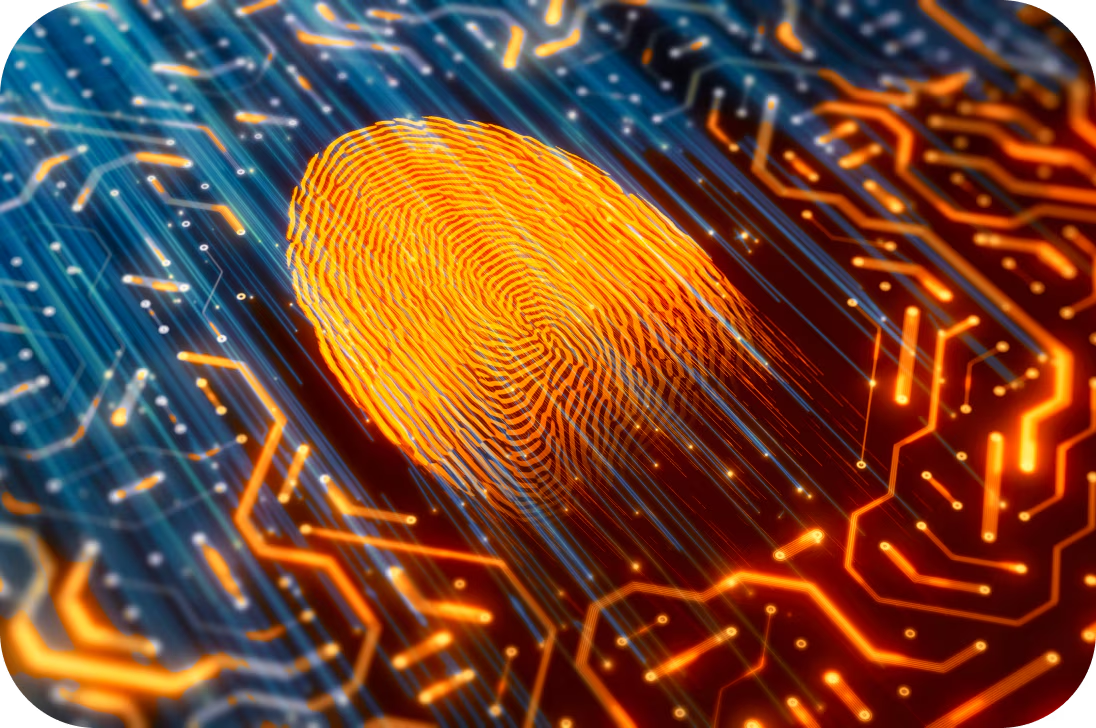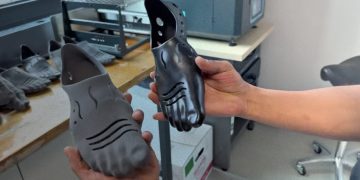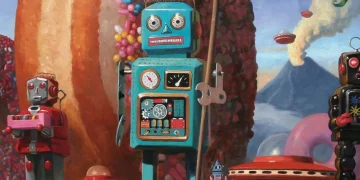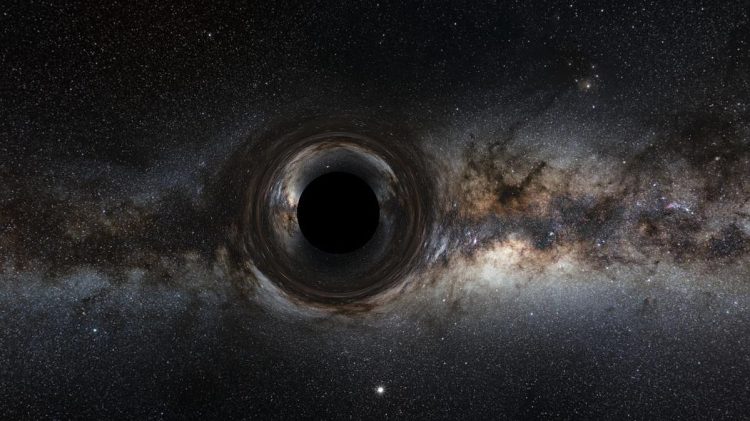Introduction
Black holes have fascinated scientists, writers, and dreamers for decades. These enigmatic cosmic entities, formed from the remnants of massive stars, warp space and time to such extremes that they challenge our fundamental understanding of physics. Among the many tantalizing questions about black holes, one stands out: Could they hold the secrets to time travel?
Time travel has long been a staple of science fiction—faster-than-light ships, wormholes, and mysterious cosmic phenomena. But black holes, with their immense gravitational pull and exotic properties, might offer a more grounded, albeit perplexing, doorway into the mysteries of time. In this article, we will explore the science behind black holes, their connection to time dilation and spacetime warping, and what cutting-edge physics suggests about their potential as cosmic time machines.
Understanding Black Holes: A Brief Primer
Before diving into the time travel implications, let’s review what black holes really are.
A black hole forms when a massive star exhausts its nuclear fuel and collapses under its own gravity. If the core is massive enough, it compresses into a singularity—an infinitely dense point where gravity becomes so strong that not even light can escape. Surrounding this singularity is the event horizon, the boundary beyond which nothing returns.
Anatomy of a Black Hole
- Singularity: The infinitely small, infinitely dense core.
- Event Horizon: The point of no return; the “surface” around the black hole.
- Ergosphere (for rotating black holes): A region outside the event horizon where spacetime itself is dragged along by the hole’s rotation.
- Accretion Disk: The swirling disk of matter being pulled toward the black hole, heating up and emitting X-rays.
Black holes are categorized mainly by mass:
- Stellar-mass black holes: Several times the mass of our sun.
- Supermassive black holes: Millions to billions of solar masses, residing at galaxy centers.
- Intermediate-mass black holes: In between, with less certain origins.
Time Dilation and Gravity: The Fabric of Spacetime Warped

One key to time travel lies in Einstein’s theory of General Relativity. According to it, gravity is the warping of spacetime caused by mass and energy. The stronger the gravity, the more spacetime curves—and the slower time moves relative to an outside observer.
This phenomenon, called gravitational time dilation, is well-documented. Near massive bodies like Earth, clocks tick slightly slower compared to clocks further away. Near a black hole, this effect is extreme.
Time Near a Black Hole
Imagine an astronaut hovering just outside a black hole’s event horizon. From their perspective, time flows normally. But for a distant observer watching the astronaut, their movements slow down dramatically, eventually appearing to freeze at the horizon. This is because intense gravity stretches time near the black hole.
The implications? If someone could survive close to a black hole, they might experience time passing far more slowly than those farther away—effectively traveling to the future.
Wormholes: The Hypothetical Bridges Through Time and Space
Black holes often enter discussions about wormholes—theoretical tunnels connecting different points in spacetime. Sometimes called Einstein-Rosen bridges (after Einstein and Nathan Rosen), wormholes are solutions to Einstein’s equations that might allow shortcuts through space and possibly time.
Can Black Holes Create Wormholes?
Theoretically, the extreme curvature inside or near black holes could be gateways to wormholes. But these come with enormous challenges:
- Stability: Wormholes would likely collapse instantly unless held open by exotic matter with negative energy density—a form of matter not confirmed to exist.
- Traversability: Even if a wormhole existed, safely traveling through it might be impossible due to tidal forces or radiation.
- Time Paradoxes: Traveling back in time through wormholes leads to classic paradoxes, like the grandfather paradox.
Despite these hurdles, physicists continue to explore wormholes as potential cosmic shortcuts, linking black holes, quantum theory, and time travel.
Rotating Black Holes and Time Loops
Among black holes, the rotating or Kerr black holes offer the most fascinating potential for time travel.
The Kerr Solution
Discovered by Roy Kerr in 1963, Kerr black holes spin at near-light speeds, dragging spacetime around them in a phenomenon called frame dragging. This rotation creates an ergosphere, outside the event horizon, where particles and light can gain energy.
Closed Timelike Curves (CTCs)
Within the Kerr black hole’s inner structure, certain solutions to Einstein’s equations suggest the presence of closed timelike curves (CTCs)—paths in spacetime that loop back on themselves. These loops could, theoretically, allow an object to travel back in time.
While mathematically intriguing, CTCs come with physical uncertainties:
- The inner regions where CTCs exist are hidden behind horizons and singularities.
- Extreme tidal forces and infinite densities likely destroy any traveler.
- It’s unknown if quantum effects prevent such loops from forming.
Still, Kerr black holes remain the most realistic candidates for natural time machines in the cosmos.
Quantum Mechanics, Black Holes, and Time Travel
While General Relativity deals with gravity and spacetime, Quantum Mechanics governs the tiny world of particles. Combining the two in black holes presents deep puzzles that might hold clues to time travel.
Hawking Radiation and Information Paradox
Stephen Hawking’s discovery that black holes emit radiation (now called Hawking radiation) introduces a paradox: what happens to information that falls into a black hole?
If black holes evaporate, is information lost? If yes, this conflicts with quantum mechanics, which forbids information loss. Resolving this paradox could revolutionize physics and our understanding of time.
Quantum Gravity and Time

A unified theory of quantum gravity might reveal new structures of spacetime where time travel becomes plausible or constrained. Ideas like the holographic principle or string theory hint at spacetime being emergent and malleable at the smallest scales, possibly allowing shortcuts or time loops.
Although purely speculative, these theories inspire hope that black holes might unlock the deepest secrets of time itself.
Practical Challenges and the Future of Black Hole Time Travel
Despite the compelling theory, practical time travel via black holes faces enormous barriers:
- Survivability: Tidal forces near singularities are so extreme they would spaghettify any traveler.
- Energy Requirements: Stabilizing wormholes or traversable paths demands exotic, currently unknown energy.
- Causality and Paradoxes: Time travel could violate causality, leading to logical contradictions in physics.
Still, scientists continue to explore these frontiers through:
- Astrophysical observations: Imaging black holes and studying their effects on nearby matter.
- Gravitational wave astronomy: Detecting ripples from black hole collisions to understand their properties.
- Laboratory analogs: Using quantum systems or fluids to simulate black hole physics.
Each discovery brings us closer to understanding whether time travel via black holes is science or mere fiction.
Conclusion: Are Black Holes the Ultimate Time Machines?
Black holes undoubtedly warp time and space in extraordinary ways, making them natural laboratories for extreme physics. They provide the closest glimpses at phenomena resembling time travel—whether through gravitational time dilation, potential wormholes, or exotic rotating geometries.
Yet, immense technical and physical barriers remain, and the ultimate reality of time travel through black holes is still far from proven. What black holes do offer is a tantalizing glimpse into the universe’s deeper structure, inviting us to keep pushing the boundaries of knowledge.
Time travel might one day move from science fiction to science fact—but whether black holes hold the key remains one of the most thrilling mysteries in modern physics.


















































Discussion about this post